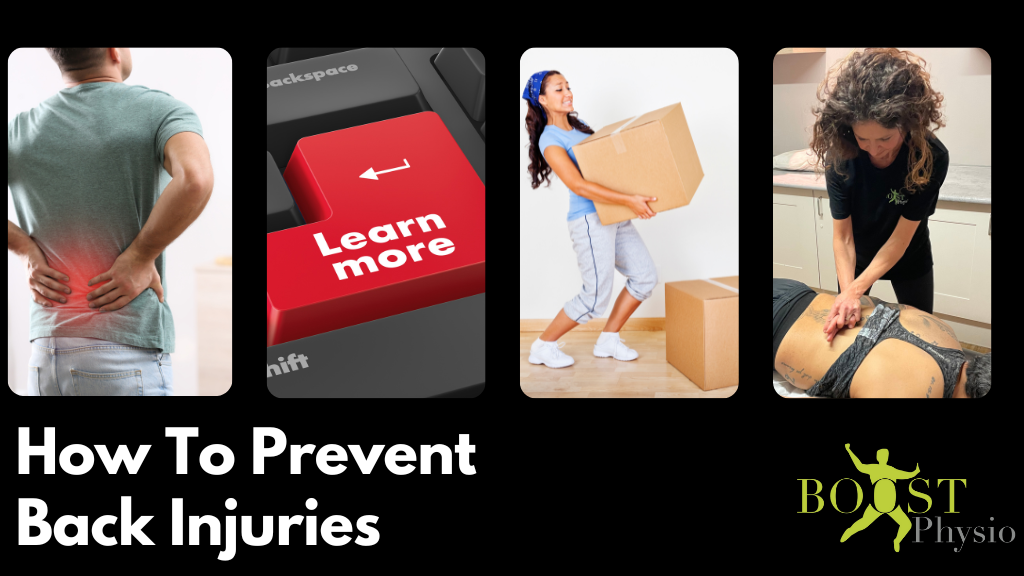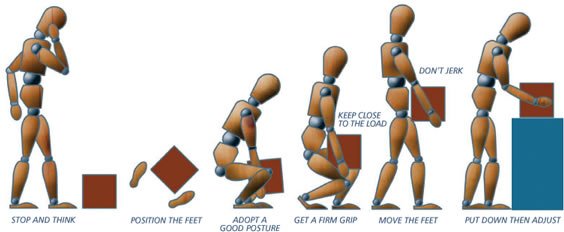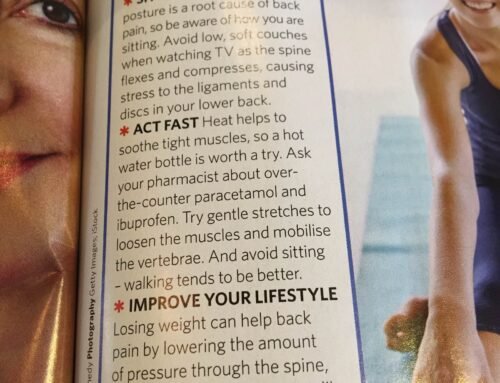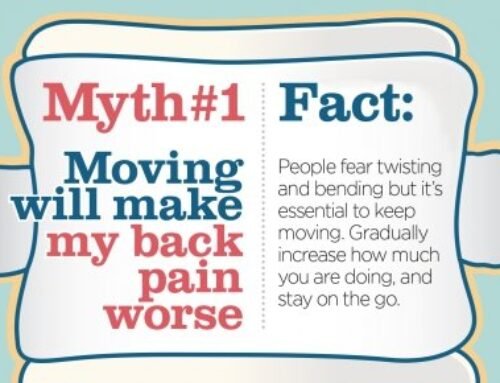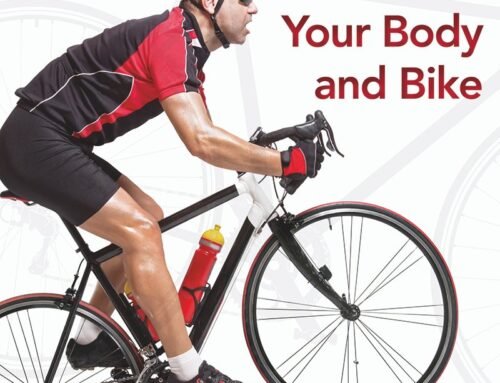You have probably experienced substantial backache in the past. I can state this with a degree of certainty because back pain is so common that 80% of the population experience it at some point. Back pain costs the UK over £1 billion per year. Two of the most common triggers of back pain are lifting and poor sitting posture. This post will focus on the impact of lifting and 8 simple steps to protect your back while lifting. Then I will analyse 3 high risk daily situations to be wary of.
While many back injuries are caused by heavy lifting, an equal amount are caused by bending down to pick up something as light as a pen. It is clear that back injuries are not only caused by the weight of the item being lifted; the posture, position and technique of bending and lifting are perhaps more important than the weight being lifted. To appreciate the impact of posture and technique while lifting, let us look at the anatomy of the spine.
Looking at the spine from the side one sees that the spine is gently curved like the letter “S”. In the lumbar (lower back) region the spine has a gentle hollow in the small of the back. Forward bending (like reaching to touch the toes) causes a loss of the spine’s natural hollow and increases the pressure in the spine by more than 40%. Lifting a weight while bending forwards increases the spine pressure by more than 100%. Here follows some simple steps to ensure safer lifting.
1.Do not bend from the waist; rather bend down from the hips and knees into a squatting type position.
2.Maintain the gentle arch in the lower back when squatting down and lifting.
3.Stand with the feet close to the object being lifted.
4.Tighten your abdominal (tummy) muscles by pulling the belly button towards your spine.
5.Lift and carry a few smaller items, rather than one heavy load.
6.Keep the object you are lifting as close to your body as possible.
7.Hold the object close to your belly button.
8.Never bend and twist your back while lifting.
3 Common situations when lifting injuries occur
Three particularly common situations that are higher risk for back injuries: lifting children, lifting following long journeys and lifting early in the morning. Let us look at each of these more closely.
Lifting children and toddlers always requires great care and is a substantial cause of back problems for both women and men. Pay particular attention when lifting children in and out of the bath, as it is impossible to keep your child close to your body. As a result this increases the pressure on the spine enormously. If you have been experiencing back pain, it is much better to bath your child at a time when another family member can help lift your child in and out of the bath. Similarly, lifting your child in and out of car seats poses increased risk. Invest in a car seat that can swivel 90degrees to face the door, which stops one from having to twist around into the car to put one’s child into the seat.
Periods of extended sitting or slouching, such as following long car journeys or flights, often cause some back ache. The lumbar spine is then more vulnerable to a back injury when lifting with poor technique. After flights and long car journeys, take extra care when carrying suitcases.
The early morning is the other danger time for the low back. This is because the discs have absorbed water over the course of the night while one is lying in bed. As a result of the discs having higher water content in the morning, they are more vulnerable to injury and bulging. Most sufferers of back pain will agree that they experience more backache in the morning compared to later in the day. A recent study has shown that preventing excessive bending of the back in the morning reduces backache.
It is interesting to note that astronauts are about 5cm taller on returning to earth and that young adults are around 1.1cm taller in the morning? This is because the discs, which have high water content, lose water due to the loading on the discs while we are upright. While asleep horizontally, in the night, the effect of gravity and loading has been removed from the discs and they absorb more water making us taller in the morning!
BOOST PHYSIO has 9 private physiotherapy clinics across London and Hertfordshire. We have same day emergency physiotherapy appointments available and we are open 8am to 9pm.
